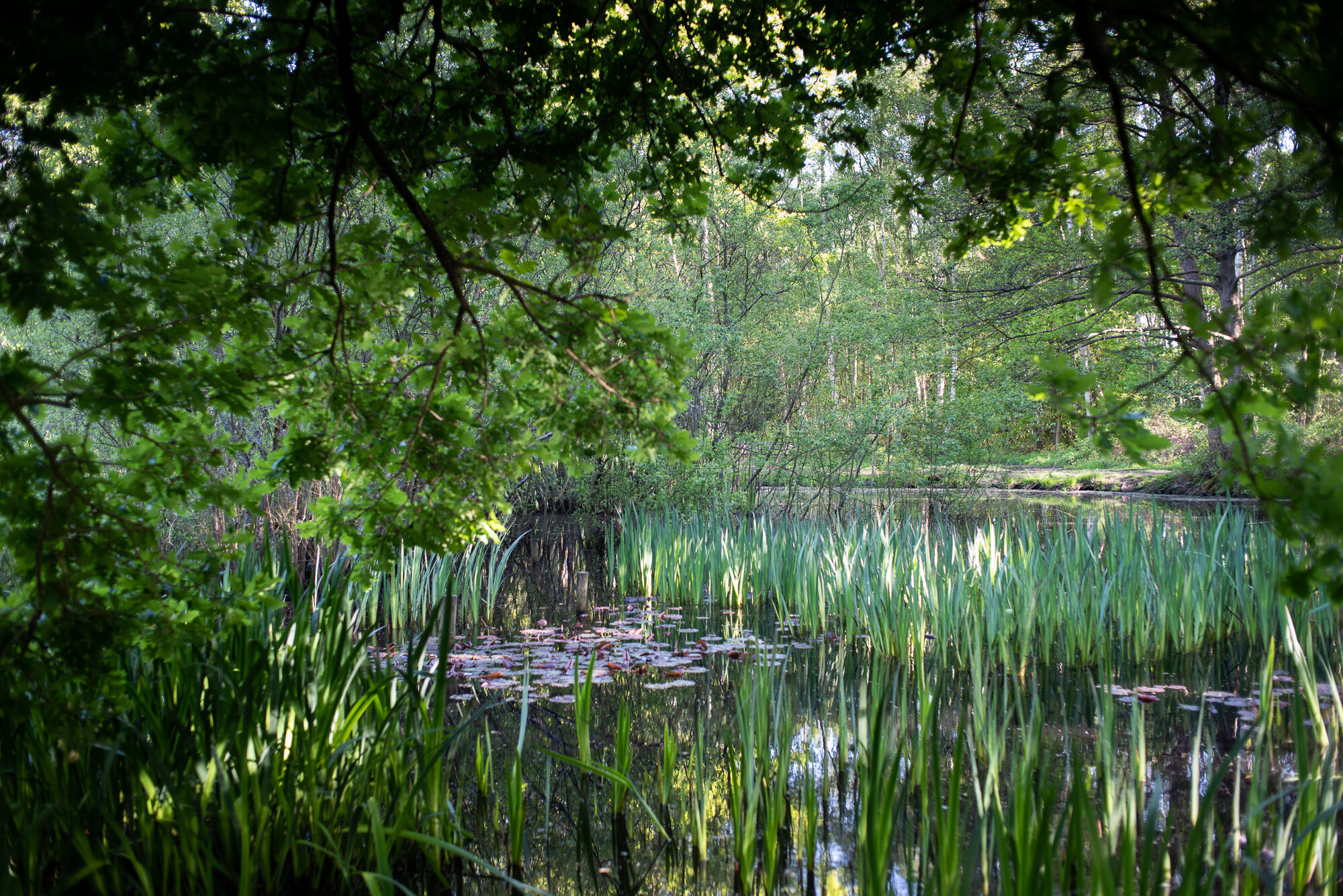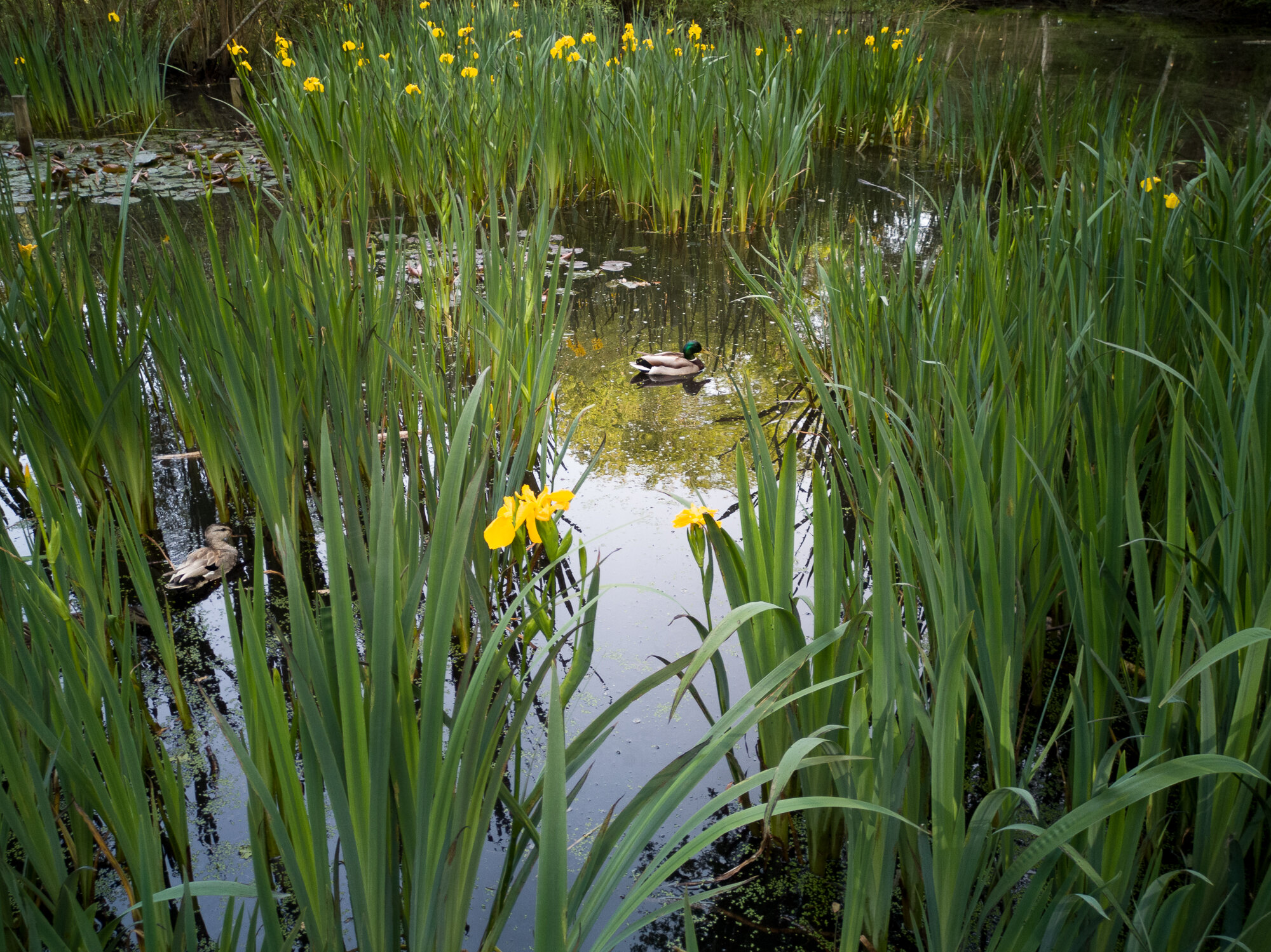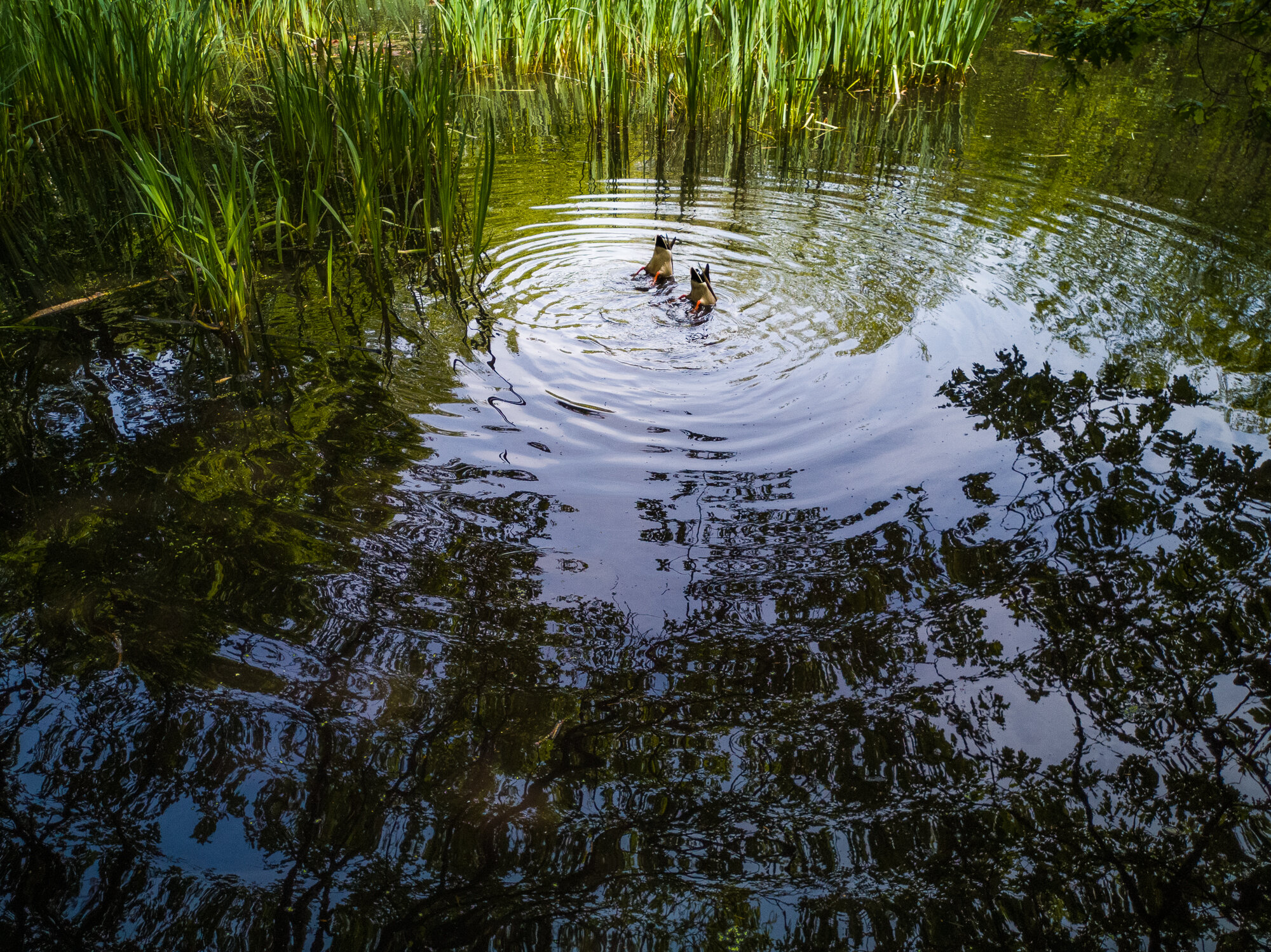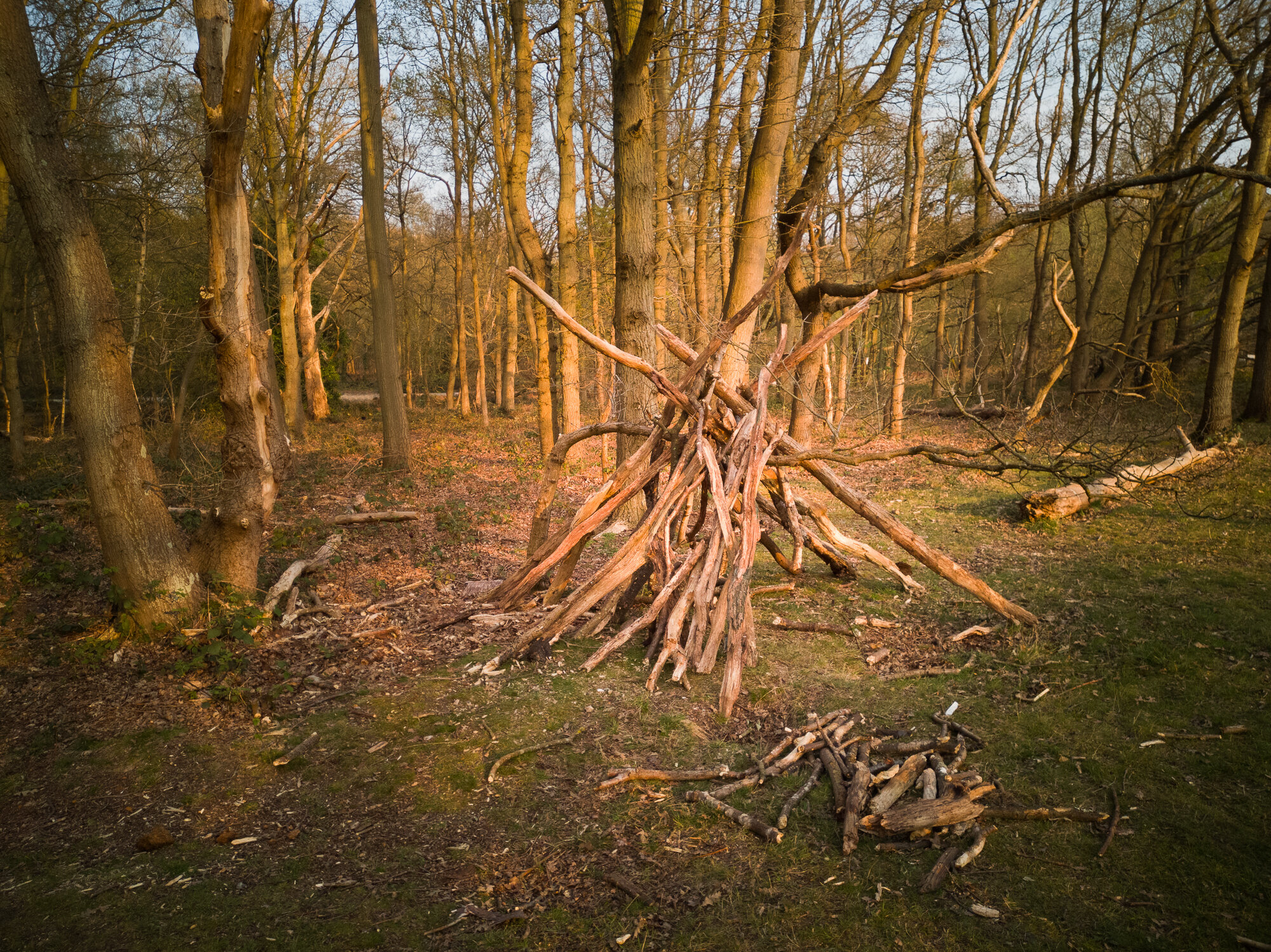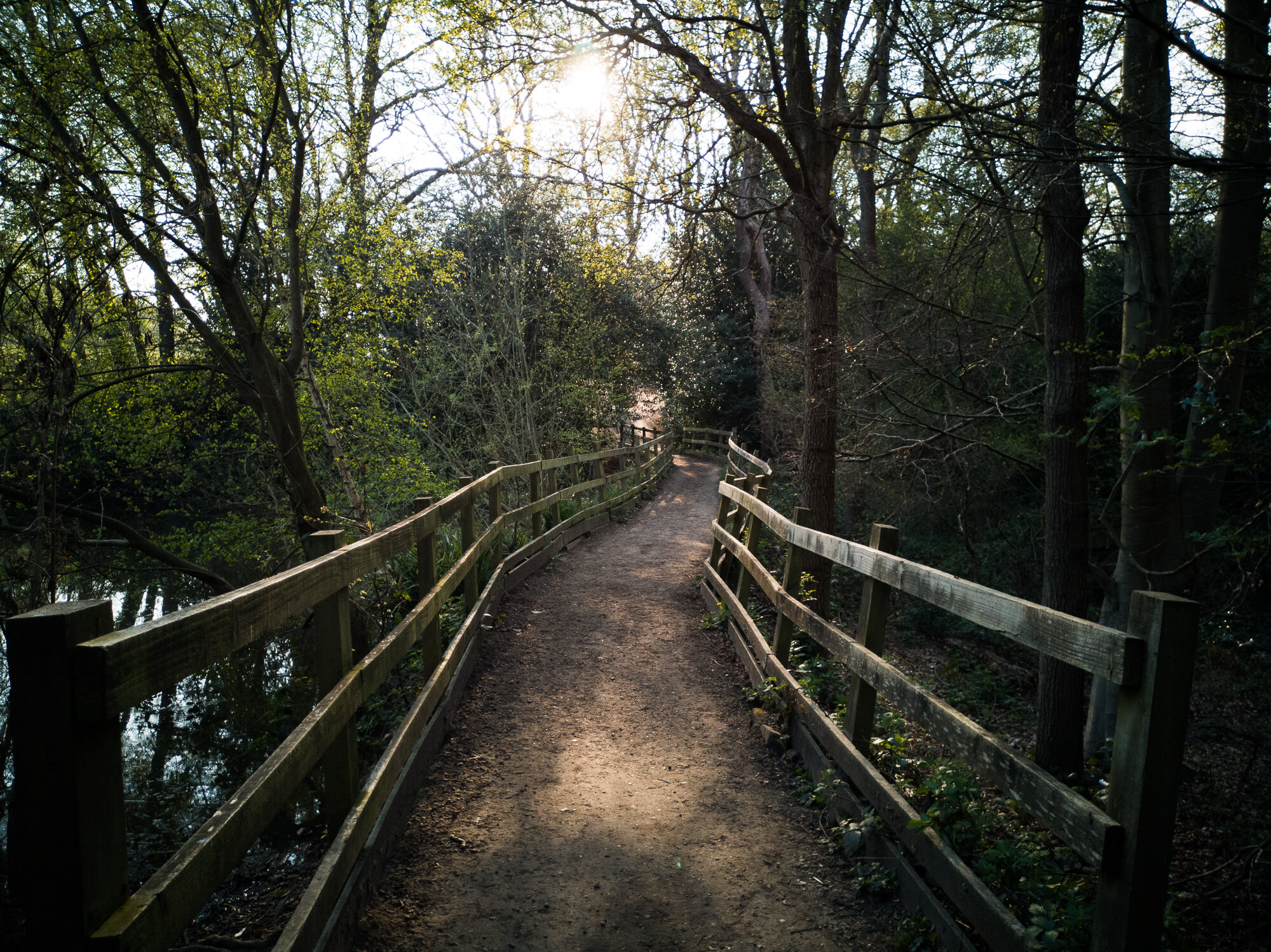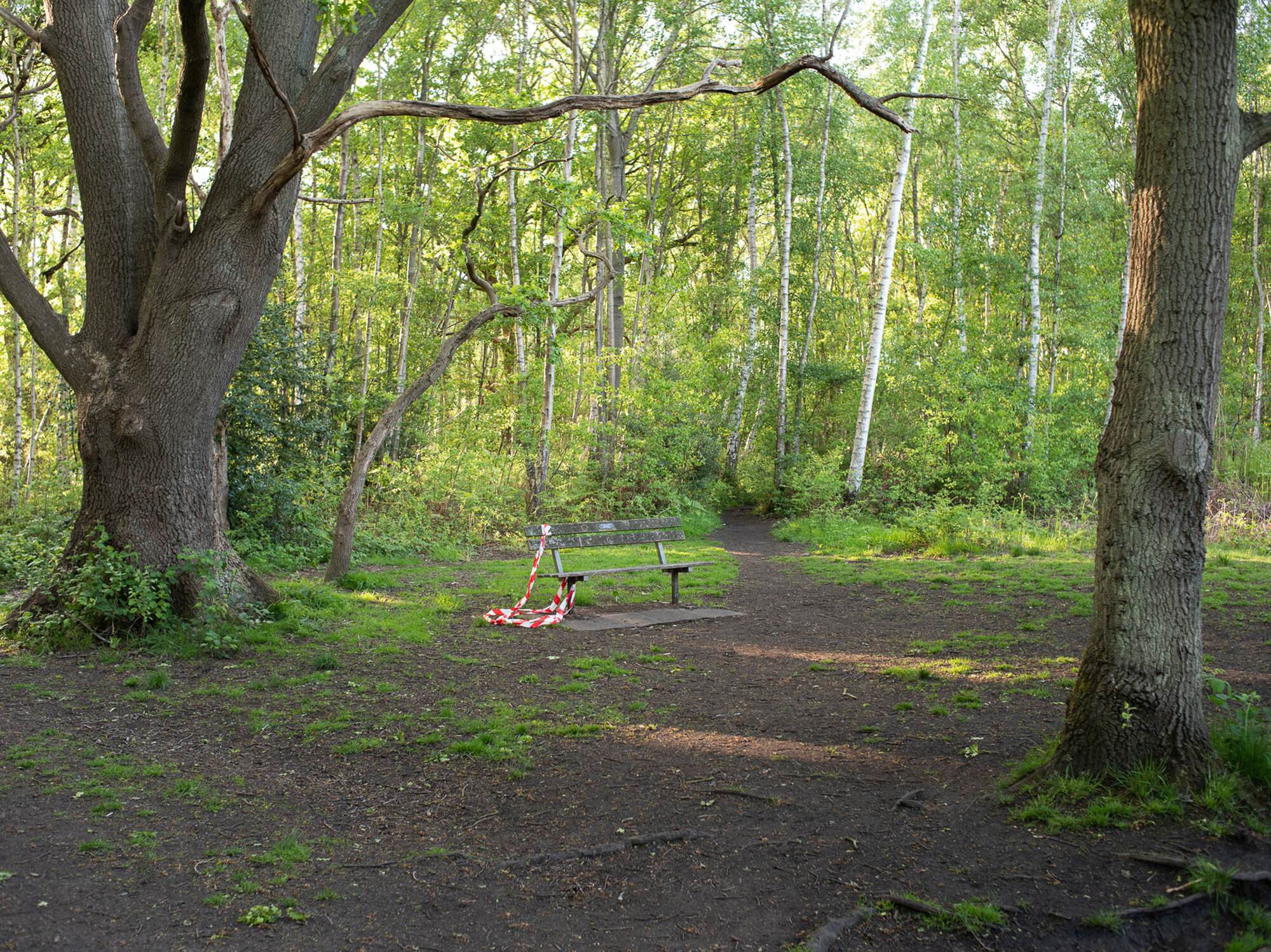The Pond
First published in STIR, an online magazine published during lockdown.
Under skies of perfect azure, we hunkered down. Day after day, for weeks, it remained pure and cloudless from edge to edge. A sky not of this place. The weather, too, remained dryer and milder than usual for the season, equally not of this place.
But we did not talk of this.
Instead we cowered inside, directed to do so by a government of fools, themselves frightened by the threat they’d ignored. Perhaps their hope was that only the rainbow coloured people – the yellow ones, the red ones, the brown and black ones – would be affected and as their voices were muted anyway, it would be less recorded, any comment shrugged away. They prayed righteously that only a very few of the anointed ones would suffer. Not much worse than the flu, they promised. Only the usual amount of relatively unimportant and easily forgotten souls would depart this world, they assured us. Move along, there’s nothing here to see, little people.
Let’s call it what it is: a plague. It’s a word that we used in the Before Times, those times before science convinced us it could conquer all. The Black Death killed so many that they worried that there wouldn’t be enough of the living left to bury the dead.
We didn’t defeat it, but it lost interest in us; although, strictly speaking, it continues to stalk us to this day. I think this news should surprise you.
But the word – the “p” word – had to be replaced; the government, as always, needs to contain the people and terror is an effective control agent. But worrying the populace, make them adhere to the political agenda is the goal, rather than enfeebling the community. Society needs to feel that any solution lies within the power of current science to subdue the beast; it’s what the people want, after all. So they say.
We began by calling it the less worrying sounding “epidemic,” a word that speaks of a threat that can be subdued, beaten, vanquished by pills and vaccines. As we had done before. But as is the way of things, it soon spread its wings and became a pandemic.
We became expert in new definitions: checking the dictionary to clarify what qualifies the change of state that elevates “epidemic” to “pandemic,” learning the differences between N95 masks and lesser coverings, knowingly comparing R rates for our area, then comparing them to other counties and countries. We learned to speak confidently about aerosolizing virus droplets, containment and mitigation. It’s all a necessary but tragic lexicon of loss and this is how we will tell the story of the virus, by deploying anonymizing and anodyne language, hoping to de-weaponize it somehow.
But you can’t really. I had SARS-CoV-2, aka Covid-19. More letters and acronyms. At least I presume I did, because it wasn’t possible to be tested at the time; my GP will arrange an antibody test in the near future, at a time when it’s likely that I will once again be working in a face-to-face environment.
I had all the symptoms listed in the media, but none in a particularly significant way, so I dismissed them, and put what I was going through down to some variant flu, and nothing more. After all, the papers were full of endless pieces about The Cough, suggesting that was the sole certain sign of infection. As I only had an irritating, persistent and somewhat unspectacular tickle, I didn’t feel I qualified. It was only when – weeks and weeks later – journalists started writing about anosmia, the loss of smell and the consequent loss of taste, that I realized that I’d probably had It.
By then I’d had enough and started going outdoors again, anxious to open my lungs up again. I was weak and drained all the time. I spoke in sentences of two words, after which I’d pause, take in more oxygen before carrying on.
My partner and I took to walking in a woodland most days. We found a bench on a small pond that faced into the sun all day long and made it ours – this was before the benches got taped off and secured. This is where these photographs come from.
Amid all that was going on around, there was a distinct serenity to the place. No planes flew. The cars sheltered in place, their owners looking at them wistfully from the safety of their houses. We went to our permitted daily recreation and sat in the sun, awestruck by the force of a bacteria that could bring the human world to a halt, of sorts, at least.
In the natural world, life went on without noticing mankind’s tribulations. A pair of mallard ducks caught our attention and we watched, spellbound, as they made circuits of the pond. At first, we didn’t know how to tell the sexes apart, but next day, having digested an online article on them, we were ready. They are, by the way, pleasingly easy to tell apart: the males have glossy green heads and the females have brown-speckled plumage. Given the time of year, we knew that they would soon be having a brood.
Watching them rhythmically circle the pond became hypnotic, and it was easy to lose an hour or two in quiet study. That is to say, until a second drake showed up. Things got complicated.
The female would swim independently of the two males, the first partner of which tried to maintain a constant distance, as though there was an invisible cord connecting them. Names became necessary: I christened them Bob, Carol and Ted, after Paul Mazursky’s late 60s film. I’ll tell you now that Alice never arrived.
Every so often, Ted would breach the cordon and swim, with considerable intent, towards her. When this happened, Bob would accelerate and with loud squawking, intersect the path and forcefully steer Ted onto the pond’s bank.
Ashore, Bob would chase Ted into the grasses, quacking loudly. After a few feet, Bob would stop, glower at Ted until satisfied that the point had been made, then lumber back to water to rejoin Carol, who seemed untroubled by events.
Ted was priapic. You’d think that Ted would get the point. But once Bob was afloat again, Ted would follow him into the water and the whole scene would be repeated. And again. And still again. After a time, you couldn’t believe that Ted just didn’t get it and it became a bit boring.
Oddly, though, the whole ritual was interrupted by a midday break, when Carol would swim to the far end and climb ashore to doze, or perhaps lay an egg or two, during which time Bob and Ted would ignore her and swim back and forth amiably.
Once break time was over it would start all over again. It was the interval break of a matinee of The Mousetrap, another ancient and ever-repeated performance, I decided. As millions will tell you, just because you know the plot and whodunnit, doesn’t stop it from being oddly compelling.
The bird book explained that Ted was presenting himself as an alternative, just in case things didn’t go well between Bob and Carol. But then another Ted showed up and Bob seemed beside himself. The two Teds would swim together, rushing Bob and Carol. At first, Bob tried valiantly to defend his mate, now with a new strategy, which saw him rise half out of the water and propel himself forcefully at Ted and Ted.
Carol had enough, too. She joined the battle and steered Ted #1 to the shore, while Bob saw Ted #2 off. Carol, even though pregnant, chased Ted #1 into the brush, while in another corner, Bob was after Ted #2. Much impassioned flapping of wings.
Satisfied that the threat level had died back, Bob and Carol returned to the pond and began swimming back and forth, with Bob dropping back to patrol the shore from time to time. The truce held. Break time arrived and Carol once again took to her spot on the far shore.
This happened for three days in a row. Then one day, Ted #1 taxied through the grasses and took off, swooping low over Bob and Carol, curving powerfully, as if showing Carol what she was missing out on. A few minutes later, Ted #2 followed him, but arcing south and without flamboyance.
A few days later, workers came and wrapped all the benches with elaborate festoons of warning tape. Look, but don’t touch. The devil makes work for idle hands, I guess. Leave people to contemplate and who can say what dark thoughts might cross their minds?
It was no bad thing, though, for it made us walk further than we had done and thus good for my lungs and the better to discover the woods we were in. We came across another, larger, pond not far from the first, the water covered with wildfowl promenading each in their own way. Amongst them we saw a couple of lone drakes, eyeing up new females. I thought, but couldn’t be sure, that I saw Ted #1 out there, still lonely and still trying to convince – perhaps it was Alice – to mate with him.
A couple of weeks passed, and we become woodland walkers rather than seated pond meditators. Petty as its installation seemed to us, we decided to play along and leave the bench tape in place. One day we were passing our old pond and paused to see how Bob and Carol were. The irises had come into full bloom now and the pond radiated early summer colour. We stood marvelling at the simple beauty of it, the still-clear blue sky, the crisp background of the white birch trees, their leaves flashing silvery in the breeze. In the quiet shallows, Carol was swimming back and forth, gently guiding the first of her new brood, showing them where to find food.
Covid-19 survivors, all in our own way.
© Copyright Michael Harding. All photos taken with a Huawei P20 mobile phone.
Published to commemorate the anniversary of the UK government’s lockdown, March 26, 2020, and in memory of those who did not survive the pandemic.
